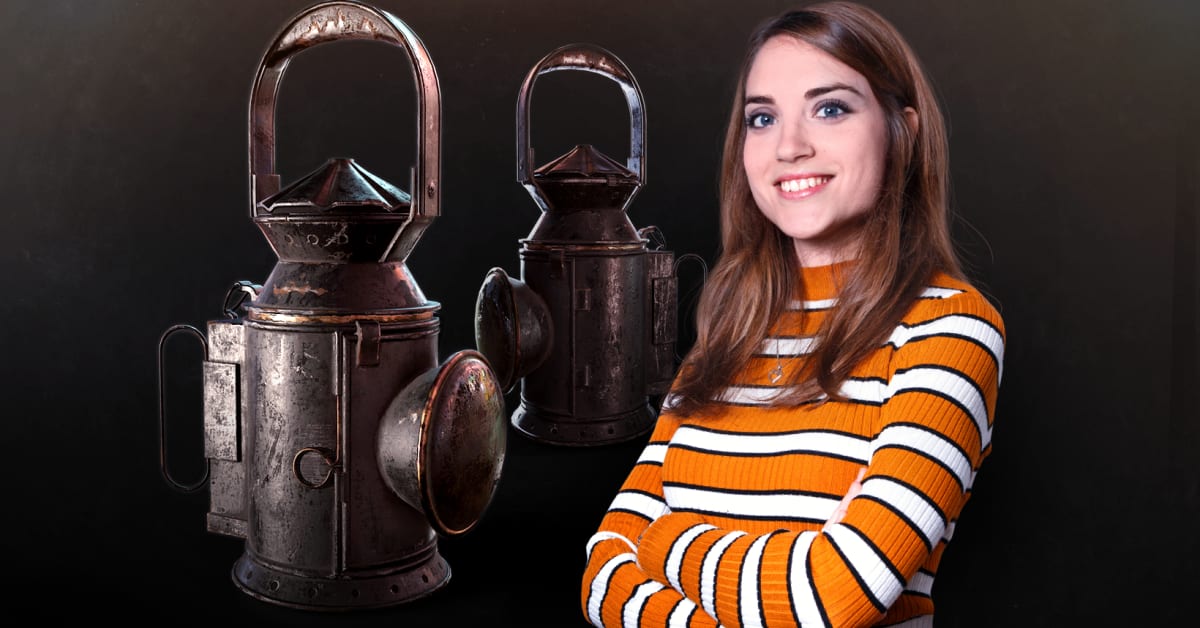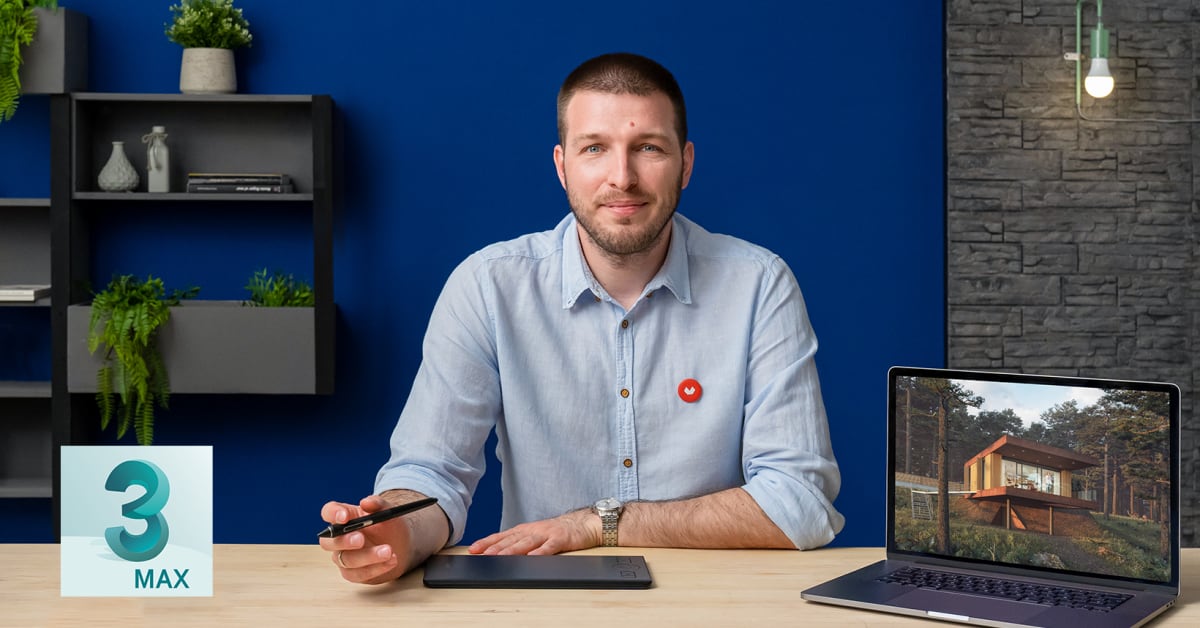Description
In this course you will learn :
- How to get around the 3ds Max interface and customize it to suit your production pipeline.
- How to model different objects using splines, NURBS, polygons, subdivision surfaces, and tools such as Paint Deform.
- How to construct hierarchies, add cameras and lights to a scene, and animate with keyframes.
- Mapping textures & Rendering.
Syllabus:
1. 3ds Max Interface
- Getting familiar with the interface
- Using the Create and Modify panels
- Navigating in viewports
- Transforming objects with Move and Rotate
- Using hotkeys
- Specifying display units
- Specifying system units
- Defining the home grid
- Choosing shading modes
- Configuring viewports
- Customizing colors and hotkeys
- Customizing hotkeys
2. Manipulating Objects
- Choosing a coordinate system
- Choosing a transform center
- Duplicating objects with Array
- Duplicating objects with Clone
- Using Isolate Selection and Lock Selection
- Working with the Scene Explorer
- Selecting with Window/Crossing
- Collecting objects in groups
3. Using the Modifier Stack
- Understanding level of detail
- Moving a pivot point
- Selecting subobjects
- Building a modifier stack
- Understanding topology dependence
- Using a Volume Select modifier
- Clearing a selection in the stack
- Collapsing the modifier stack
4. Spline Modeling
- Creating a line
- Editing vertex types
- Revolving a surface with a Lathe modifier
- Editing splines
- Adjusting level of detail with Interpolation
- Understanding NURBS
- Importing Illustrator paths to 3ds Max
- Rendering splines
- Adding a Bevel modifier
- Creating a TextPlus primitive
- Lofting with the Sweep modifier
5. Polygon Modeling
- Creating an image plane
- Tracing an image plane
- Creating solid geometry with the Extrude modifier
- Adding edges with Cut
- Correcting topology with QuickSlice
- Preparing Boolean operands
- Cutting with Booleans
- Creating doors and windows
6. Sub-Object Polygon Editing
- Constraining sub-object transforms
- Detailing with Chamfer
- Branching with Extrude
- Simplifying geometry with Remove
- Welding vertices
7. Subdivision Surface Modeling
- Understanding subdivision surfaces
- Preparing for subdivision surfaces
- Adding the OpenSubDiv modifier
- Shaping with Editable Poly ribbon tools
- Baking subdivisions
8. Freeform Modeling
- Sculpting with Paint Deform
- Using Paint Deform brushes
- Setting Paint options
- Controlling Brush options
- Conforming one object to another
- Sculpting with Conform Transform
9. Hierarchies
- Understanding hierarchies
- Transforming pivot points
- Rotating in Gimbal coordinate space
- Setting rotation Axis Order
- Linking objects
- Locking transforms
- Avoiding problems with scaling linked objects
10. Layout and Camera
- Merging scenes
- Referencing scenes with XREF objects
- Managing display layers
- Creating a target camera
- Creating a free camera
- Enabling Safe Frames
- Choosing aspect ratio in Render Setup
11. Keyframe Animation
- Setting up Time Configuration
- Creating keyframes in Auto Key mode
- Creating keyframes in Set Key mode
- Editing animation in the timeline
- Editing animation in the Dope Sheet
- Interpolating keys in the function Curve Editor
- Moving position keys with trajectories
12. Lighting
- Creating photometric lights
- Controlling viewport quality for lights
- Adjusting light intensity and color
- Adjusting exposure control
- Using the art renderer
- Adjusting light shape
- Adjusting light distribution
- Creating a sun and sky
- Previewing renders with ActiveShade
- Using the Light Explorer
13. Materials
- Using the Compact Material Editor
- Using the Slate Material Editor
- Managing scene materials and sample slots
- Adjusting standard material parameters
- Adjusting physical material parameters
- Assigning Multi/Sub-Object materials
14. Mapping Textures
- Placing 3D procedural maps
- Mapping bitmap image files
- Tracking scene assets
- Projecting UVs with UVW Map
- Using Real-World Map Size
- Painting on objects with Viewport Canvas
15. Rendering
- Choosing a renderer
- Rendering standard lights
- Controlling shadows
- Setting scanline render options
- Setting mental ray render options
- Rendering an image sequence
- Playing image sequences in the RAM Player









